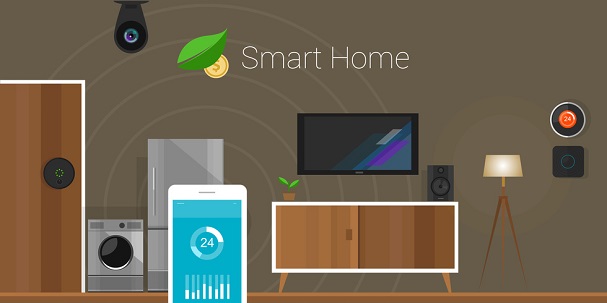The bustling market for short-range wireless connectivity will see shipments of related integrated circuits (ICs), or chips, reach 10 billion by 2021, according to ABI Research.
Qualcomm is the best placed of chip makers to capitalise on the emerging market, it said, as the emerging Internet of Things ecosystem, comprising infrastructure, devices and applications, requires short-range technologies like Bluetooth, Wi-Fi, 802.15.4, and NFC to work together.
Andrew Zignani, Industry Analyst at ABI Research, said: “Its leading expertise in cellular and Wi-Fi technologies, as well as recent acquisitions of CSR for Bluetooth, and more recently, the potential acquisition of NXP for NFC and 802.15.4-based technologies, will all help fill gaps in the company’s portfolio, better target automotive applications, and make it a leading provider of connectivity solutions for almost all IoT connectivity technologies.”
Zignani said multi-protocol connectivity ICs will become increasingly important for the IoT market, as the industry makes use of the strengths of each technology.
In particular, he suggested the relationship between ZigBee and Thread, initially perceived as competitors in the short-range 802.15.4 market, has become more symbiotic, where each is helping the other to gain traction, and upgrades between the two become available.
“Many ZigBee devices will have the ability to upgrade to Thread, and while one major limitation of ZigBee 3.0 is that IP is not supported, collaboration means that this can be circumvented by utilizing the ZigBee 3.0 application profiles above the Thread networking protocol,” Zignani said.
“A complete solution with an end-to-end certification is expected before the end of 2016, which will provide the market with an IP-based 802.15.4 radio solution that takes advantage of the strength of both organisations.”
Further collaborations between ZigBee and organisations such as the EnOcean Alliance will drive self-powered IoT devices in areas such as home and building automation, predicted ABI Research, enabling 802.15.4 to become the leading home automation and smart lighting technology by 2021, with Bluetooth, enhanced by Bluetooth 5 and mesh networking, a close second.
ABI Research also highlighted the development of Wi-Fi in the low-power space, through applications like HaLow, operating in sub-1GHz spectrum, and with 802.11ad WiGig emerging in 2017 and protocols like 802.11ax set for 2019.
The Wi-Fi Alliance started certifying WiGig products last month, as it looks to show that Wi-Fi technology can also offer gigabit speeds over short distances.


